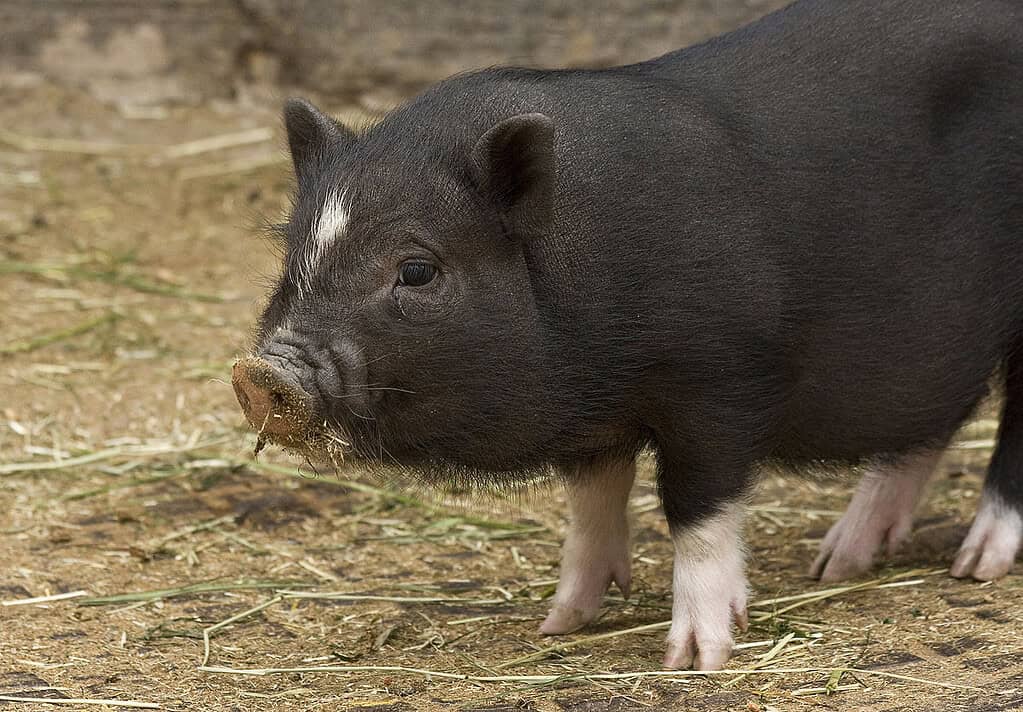On the morning of March 10, 2024, in an operating room in Xi’an, China, surgeons connected a living human body to a gene-edited pig liver.
A brain-dead patient, with his family’s consent, became the first person to support and be supported by a genetically modified porcine liver. The experiment lasted ten days. In that time, the liver produced bile, synthesized albumin, and endured the storm of the human immune system—all without being rejected.
“This is the first time we tried to unravel whether the pig liver could work well in the human body,” Dr. Lin Wang, a senior author of the study, told The Guardian. “It is our dream to make this achievement.”

A New Kind of Organ Transplant
The procedure wasn’t a typical liver transplant. Rather than replacing the patient’s liver, the surgical team performed a “heterotopic auxiliary transplant,” placing the pig liver alongside the native organ. The donor organ was connected to the recipient’s blood vessels and allowed to function as a metabolic partner.
“There was good evidence of compatibility, which is really exciting,” said Peter Friend, a professor of transplantation at the University of Oxford. “Normally, if you put a pig organ in, it will be stone dead in a few minutes because you get hyper-acute rejection.”
That liver came from a miniature pig bred and genetically engineered by Clonorgan Biotechnology. Six of its genes had been altered to reduce the risk of rejection and prevent clotting. Some of these edits knocked out GGTA1 and CMAH—two genes that code for proteins known to trigger hyperacute rejection in humans. Others inserted human genes such as those that code for thrombomodulin to keep blood flowing smoothly.
Such procedures are part of a larger trend in xenotransplantation, an emerging field where non-human cells, tissues, or organs are used to treat medical conditions in humans.
A Bridge to the Future of Transplants
While this liver transplant was not intended as a long-term solution, the success of the experiment suggests that pig livers could serve as temporary life-supporting organs. Patients with severe liver failure might have a pig liver strapped to them until a human organ becomes available or until their own liver recovers.
“You don’t have to keep it for the rest of your life,” said Professor Muhammad Mohiuddin, director of the cardiac xenotransplantation program at the University of Maryland. “You can use it as a bridge until a human liver is available for transplant or as partial support until the liver regenerates.”
The next step is determining whether pig livers can fully sustain patients with liver failure. The Chinese medical team had to remove the pig liver after 10 days at the family’s request, so long-term viability remains untested.
Xenotransplantation has long hovered on the edge of medicine and science fiction. Past attempts to use pig organs in humans have ended in swift rejection or viral fears. But in the last three years, the field has accelerated.
In 2022, University of Maryland surgeons made headlines by transplanting a gene-edited pig heart into a living man. In 2023 and 2024, New York University and Massachusetts General Hospital performed similar experiments with pig kidneys. And earlier this year, scientists at the University of Pennsylvania attached a pig liver to a brain-dead patient for three days.
What makes this new study different is the duration and depth of analysis. The liver was fully vascularized and remained active for 10 days. Pathogen screening confirmed that dangerous viruses like porcine cytomegalovirus (PCMV) and porcine endogenous retrovirus (PERV) were absent.
“This isn’t just about a pig organ working in a lab,” said Dr. Hai-Long Dong, one of the study’s co-leads. “It functioned inside a human body, with real-time immune responses, real-time blood flow, and real-time clinical management.”

A New Leap
The researchers openly acknowledge that their work is preliminary. It is, in many ways, a proof of concept. The liver was never meant to be permanent. The follow-up was limited. And many of the organ’s more complex tasks—such as regulating hormones and detoxifying drugs—were not assessed.
Still, in the world of transplantation, even a glimmer of new supply is cause for excitement. More than 8,000 people in the U.S. alone await liver transplants at any given time. Hundreds die each year on the waiting list.
“If we can extend life by even a few days, that could mean the difference between death and a donor match,” said Dr. Dou.
Pig livers may not be ready to save lives on their own. But thanks to one team in China—and one donor pig—they may soon help us save time.
The study was published in the journal Nature.









